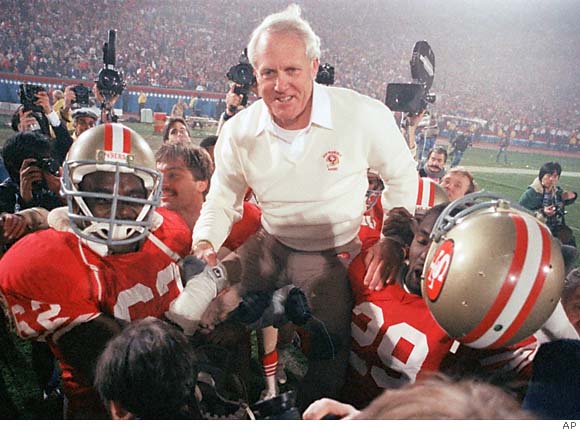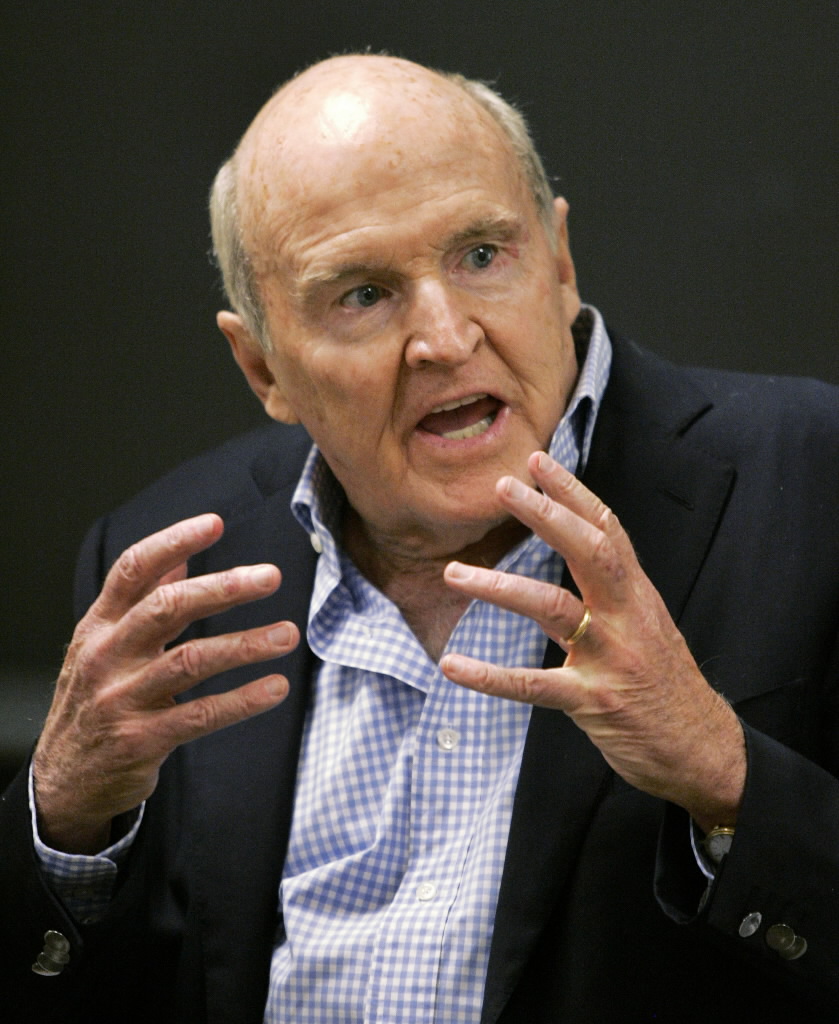This week we mark the anniversary of the death of financial-industry pioneer Muriel Siebert with this history of her perseverance in the face of rejection and adversity. — Selling Power Editors
 Muriel Siebert established her legacy as a trailblazer when she became the first woman to own a seat on the New York Stock Exchange on December 28, 1967. At the time, her historic application caused an uproar. No woman had ever had a seat on the Exchange before. Facing ridicule and steep opposition, Siebert got rejections from nine men before she finally found someone to sponsor her.
Muriel Siebert established her legacy as a trailblazer when she became the first woman to own a seat on the New York Stock Exchange on December 28, 1967. At the time, her historic application caused an uproar. No woman had ever had a seat on the Exchange before. Facing ridicule and steep opposition, Siebert got rejections from nine men before she finally found someone to sponsor her.
Siebert faced many hurdles on the way to success. In 1954, she had arrived in New York City with just $500 to her name. She set her sights on a job in finance, but when prospective employers saw a female name, they trashed her resume.
After repeated rejections, Siebert sent out new resumes with just her initials. She got an interview and a job offer. The deal fell through, however, when she admitted she didn’t have a college degree (she had dropped out of Case Western Reserve University to care for her terminally ill father).
When, after so many unfair rejections, she got a second job offer, she lied and said she had a degree.
“They didn’t check,” said Siebert in an interview with Senior Women Web. “But when I applied for my seat on the Stock Exchange, I told them. It was a historic application and I didn’t want to lie.”
Her next hurdle was a new rule put forth by the Stock Exchange requiring a letter from a bank promising to lend Siebert $300,000 of the near-record $445,000 seat price. Unfortunately, banks would not lend her money until the Stock Exchange would admit her. With dogged determination, Siebert jumped through every hoop and found the funding she needed. In 1967, she became the first woman to hold a seat on the Exchange.
Siebert became widely known as a force to be reckoned with in the notoriously cutthroat and male-dominated world of finance. Siebert created her own firm, Siebert & Co., and continued to take bold and controversial risks. In 1975 when a new federal law abolished fixed brokerage commissions, she transformed her company into a discount brokerage house. Her longtime clearinghouse dropped her like a hot potato, and she was nearly expelled by the Securities and Exchange Commission. At the eleventh hour, she secured another clearinghouse, and the success of her company helped pave the way for the now-thriving discount brokerage market.
In 1977 Siebert took a leave of absence to serve as the first woman Superintendent of Banking. She had to ensure the safety and soundness of New York State’s 500 banks, which controlled $500 billion in assets and trust accounts. The economy made playing tough a necessity. Interest rates spiked during Siebert’s tenure, and banks all over the country went belly up.
Siebert facilitated mergers, supervised drastic restructurings and even convinced one bank president to cut his own salary by $100,000. Under her direction, not one New York bank failed.
After an unsuccessful run for the U.S. Senate, Siebert returned to her company in 1982. In 1996, her firm merged with a private company. Siebert Financial Corporation currently pulls in more than $25 million in revenues a year.
In 2000, Siebert Financial founded Women’s Financial Network, the first online trading site geared specifically toward women. Siebert was encouraged to see more women taking control of their financial futures. “When you get more confidence,” she told Senior Women Web, “you’re willing to take a higher risk.” Spoken like a true trailblazer.








 Find effective strategies. Vision is great, but if you cannot find a way to connect to it from the current reality, it’s useless. One leader who has been able to bring the imaginary to the realm of reality is football legend Bill Walsh. The legendary coach led his teams to amazing NFC division championships and NFC titles and earned a spot in the NFL Football Hall of Fame. One of his many strengths was as an offensive coach, constantly reading the field and creating strategies that would maximize his players’ skills and exploit the weaknesses of their opponents.
Find effective strategies. Vision is great, but if you cannot find a way to connect to it from the current reality, it’s useless. One leader who has been able to bring the imaginary to the realm of reality is football legend Bill Walsh. The legendary coach led his teams to amazing NFC division championships and NFC titles and earned a spot in the NFL Football Hall of Fame. One of his many strengths was as an offensive coach, constantly reading the field and creating strategies that would maximize his players’ skills and exploit the weaknesses of their opponents. Be a great communicator. The key to communicating is connecting with the audience. Former President Ronald Reagan was so well known for his ability to reach the American people that he earned the nickname, “The Great Communicator.” He didn’t use fancy language or rhetoric to win people over; in fact, it was the very simplicity of his style, coupled with his humor, which made him so popular. A senior leader’s job is to communicate corporate goals to employees and motivate them to achieve those goals.
Be a great communicator. The key to communicating is connecting with the audience. Former President Ronald Reagan was so well known for his ability to reach the American people that he earned the nickname, “The Great Communicator.” He didn’t use fancy language or rhetoric to win people over; in fact, it was the very simplicity of his style, coupled with his humor, which made him so popular. A senior leader’s job is to communicate corporate goals to employees and motivate them to achieve those goals. Listen. Sharing information is one skill; collecting information is another, equally valuable skill. And the queen of listening very well may be Meg Whitman, who is known for her humility and passion for listening to both her customers and employees.
Listen. Sharing information is one skill; collecting information is another, equally valuable skill. And the queen of listening very well may be Meg Whitman, who is known for her humility and passion for listening to both her customers and employees. Be inspirational. If there is one skill that can make up for a multitude of sins in other areas, it just might be the ability to inspire. People want to be a part of something great, something larger than themselves. Just ask business legend, former General Electric CEO Jack Welch. Known for his passion, commitment, and sense of fun, Welch led by example and took pride in his ability to develop his people. He regularly rewarded the highest performers (and cut the bottom feeders), thereby encouraging workers to make it to the top. “Giving people self-confidence is by far the most important thing that I can do. Because then they will act,” Welch has said.
Be inspirational. If there is one skill that can make up for a multitude of sins in other areas, it just might be the ability to inspire. People want to be a part of something great, something larger than themselves. Just ask business legend, former General Electric CEO Jack Welch. Known for his passion, commitment, and sense of fun, Welch led by example and took pride in his ability to develop his people. He regularly rewarded the highest performers (and cut the bottom feeders), thereby encouraging workers to make it to the top. “Giving people self-confidence is by far the most important thing that I can do. Because then they will act,” Welch has said.
 L.L. Bean was born in 1912, when Leon L. Bean (who was orphaned at age 12 and left school after completing the eighth grade) designed his own boot with a leather upper and rubber bottom. According to company legend, the first 90 shipments came back defective. Bean dispensed full refunds, borrowed $400, and launched a redesigned boot that became highly popular.
L.L. Bean was born in 1912, when Leon L. Bean (who was orphaned at age 12 and left school after completing the eighth grade) designed his own boot with a leather upper and rubber bottom. According to company legend, the first 90 shipments came back defective. Bean dispensed full refunds, borrowed $400, and launched a redesigned boot that became highly popular.